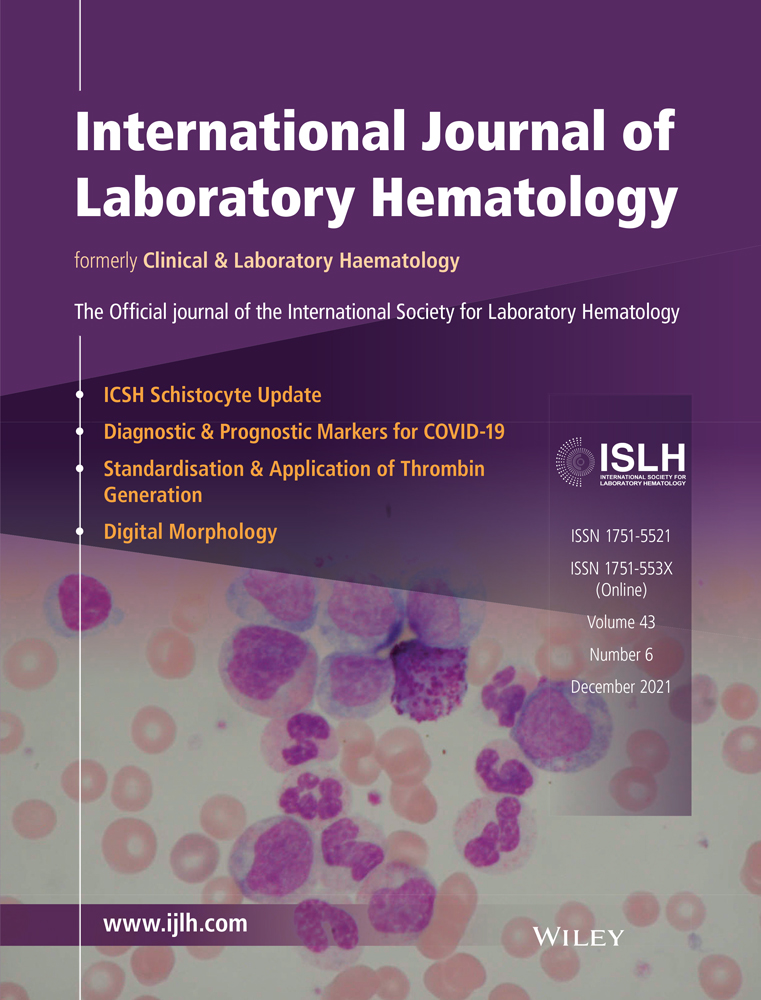Minimizing cost associated with management of heparin-induced thrombocytopenia: A cost analysis of various laboratory testing models
Funding information
This research did not receive any specific grants from funding agencies in the public, commercial, or not-for-profit sectors.
Abstract
Introduction
Management of patients with suspected heparin-induced thrombocytopenia (HIT) can lead to significant costs. Reported cost-saving initiatives have focused on minimizing inappropriate testing in low-risk patients and optimizing alternative anticoagulant selection. We sought to further investigate how utilizing various HIT laboratory testing models would impact total cost of testing and alternative anticoagulant use.
Methods
Utilizing a retrospective cohort of adult patients tested for HIT over three years within our institution, we evaluated how utilization of four distinct laboratory models impacted total number of HIT test combinations completed, time to HIT testing finalization, percentage of patients discharged from the hospital prior to HIT testing finalization, total alternative anticoagulant days, and total anticipated major bleed events. Additionally, we calculated cost of laboratory testing and alternative anticoagulant associated with each model.
Results
A total of 482 patients were included in our cohort. A laboratory testing model that utilized an in-house platelet factor 4 (PF4)-heparin enzyme-linked immunosorbent assay (ELISA) completed three days weekly, and reflex serotonin release assay (SRA) with a five-day turnaround resulted in the shortest mean time to HIT testing finalization, lowest percentage of patients discharged prior to HIT testing finalization, and lowest total alternative anticoagulant days.
Conclusions
Institutions should evaluate current HIT laboratory testing practices and assess for opportunities for optimization. Testing models utilizing a PF4-heparin antibody ELISA with a reflex SRA for positive results may improve testing metrics and lead to lower utilization of alternative anticoagulants.
CONFLICT OF INTEREST
The authors declare they have no conflict of interest.
Open Research
DATA AVAILABILITY STATEMENT
Authors elect to not share data.




